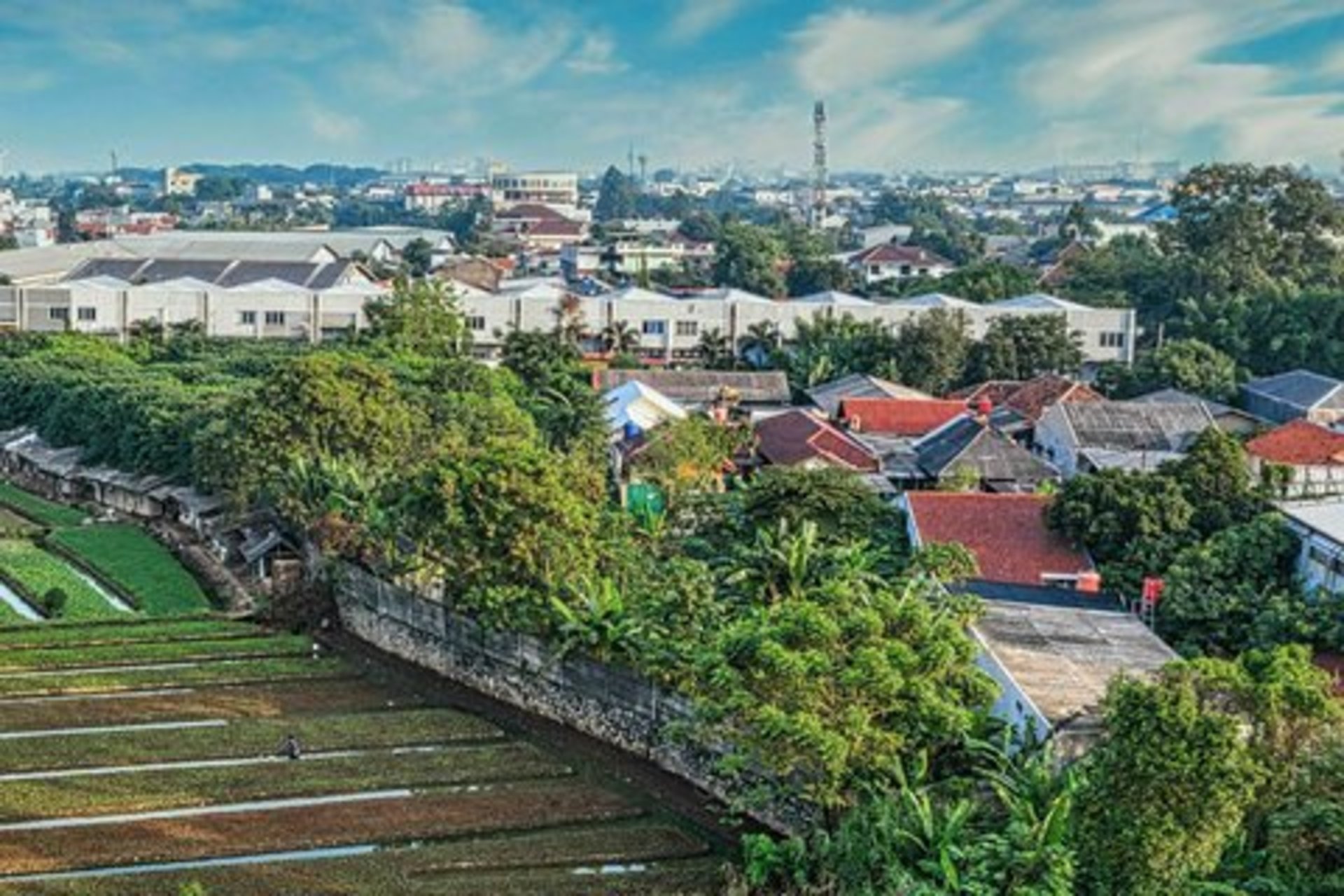Connecting Local Knowledge with Environmental Policy
Ideas aren’t enough to confront an existential threat. Dylan MacArthur-Waltz learned that lesson on the third day of his internship with the California Department of Fish and Wildlife this past summer. His head full of high-level climate change adaptation concepts, the rising junior in Stanford’s School of Humanities and Sciences was doing a field visit at Gray Lodge Wildlife Area outside Sacramento. A land manager there explained his complex system for recirculating water through duck ponds, then turned to the young biology major.
“He said, essentially, ‘So, what are you going to tell me to do differently?’” MacArthur-Waltz recalled. “I was a little taken aback, but I definitely got his point - local considerations and knowledge are often essential to making any kind of state-level policy succeed.”
The experience was funded through the Stanford Environmental Internships in California program, a collaboration of the Stanford Woods Institute for the Environment, the Cardinal Quarter initiative of the Haas Center for Public Service and Stanford in Government. The pilot program offers undergraduates paid summer internships that provide a hands-on introduction to environmental policy work. Students receive mentoring from environmental professionals and directly contribute to solving important sustainability challenges that are facing the public. California’s role as a leader in developing cutting-edge policies in response to climate change and other environmental challenges makes it an ideal focus for the program.
Victoria Mendez, a junior in Stanford’s School of Earth, Energy & Environmental Sciences, spent the summer at the California Department of Conservation working on a grant program through which $140 million from cap-and-trade funds will be invested in disadvantaged communities to reduce greenhouse gas emissions while also stimulating economic growth and providing health benefits.
“It was an awesome experience to learn firsthand about the different tools we have to address these issues at the state level,” said Mendez. “It gave me a sense of hope in seeing a lot of intelligent people thoughtfully working hard on issues they care about, with small victories along the way.”
At the Governor’s Office of Planning and Research, which conducts research ranging from housing and transportation to health and climate, then-rising senior Erin Pang explored a world of environmental policy issues. The Earth Systems major helped organize a watershed management meeting in the form of a three-night camping trip for landowners, tribal members, government agency representatives, nonprofit representatives and academics; and researched different models for countries, states and other jurisdictions to create carbon emissions reductions goals.
As part of her analysis of successful business models for renewable energy in developing nations, Pang briefed the office’s director to help him prepare for consulting a partner promoting renewable energy development in Indonesia.
“It was a great opportunity to observe policy planning in action, to see how different people with different backgrounds come together to achieve similar goals,” Pang said.
Back at the California Department of Fish and Wildlife, MacArthur-Waltz had started the summer intending to amend land management plans so they considered the effects of climate change for the more than 1 million acres of public lands the agency oversees. He had looked at details such as changing pond-flooding times to account for changes in waterfowl migration. He noticed that climate change projections were often scaled at a state-wide level, making them too broad to help local land managers significantly.
With his colleagues’ help, MacArthur-Waltz shifted to design climate change projections and land management suggestions specific to each of the state’s 19 ecoregions (e.g., Sierra Nevada, Sonoran Desert and Northern California Coast). By connecting local land managers’ strategies, such as ways to manage invasive species, to climate change adaptation, MacArthur-Waltz focused his project on leveraging funding for these managers to work more effectively.
“The (Gray Lodge Wildlife Area) interaction and others like it made me a lot more humble about what I might be able to accomplish, and how much knowledge I had relative to people working on the ground,” MacArthur-Waltz said. “I realized that there is in fact a whole other level of on-the-ground implementation that is perhaps most often where climate adaptation either fails or succeeds,” MacArthur-Waltz
MacArthur-Waltz expects the department will make his reports available online in the next year.
Learn more about the Stanford Environmental Internships in California program.
Explore More
-
Coastal marine ecosystems remove excess greenhouse gas from the atmosphere -- and much more, scholars explain.
-
Gabrielle Wong-Parodi and Jim Leape are leading an initiative to launch the planned Sustainable Societies Institute by the end of 2024.




